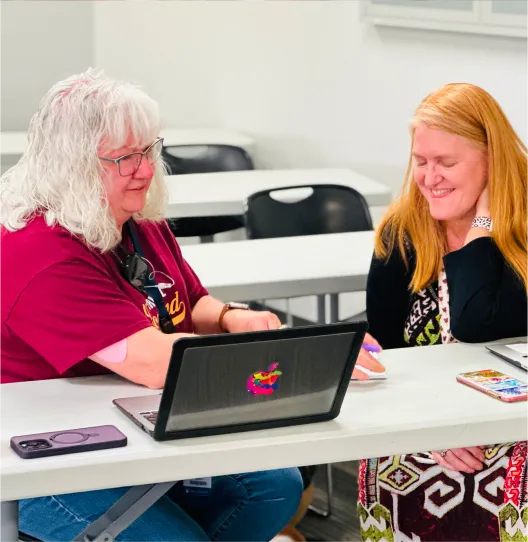
Why Choose Our IT/EdTech Assessment?
Our assessments provide a 360-degree view of your school’s current technology landscape, from network infrastructure and hardware to educational software and digital learning tools.
We take a deep dive into how effectively your existing IT resources are supporting day-to-day operations and long-term educational goals.
What are the goals of the Assessment?
- 1. Reliable, secure, and efficient network and systems built on education and industry best practices.
- 2. Clear and concise IT policies, procedures, and processes intended to improve fiscal outcomes, discipline, transparency, and accountability
- 3. Good internal communication and sharing of information by and between technology teams and the overall staff and students of
- 4. Implement network best practices for increased security for network and sensitive data along with streamlining systems’ ease of management and upkeep while reducing support costs.
- 5.Data protection and business continuity to ensure all information is secure and can be restored in the event of an error, failure, or disaster.
- 6. Objective technology planning.
What are the IT and EdTech Assessment Areas?
What is the course of action?
-
1
Gather the admin team for i-Tech to share assessment details and course of action.
-
2
Meet with school leadership to create a detailed schedule and desired outcomes for the assessment.
-
3
Meet with the Technology Team to go over specifics of their goals and hopes for the assessment. Service with an independent contractor currently.
-
4
Send a Technology Survey to faculty and staff to gather their feedback on productivity and purposeful use of technology in teaching and learning.
-
5
Gather supporting evidence outlined in Areas 1-8
-
6
Facilitate student-teacher panel discussions
-
7
Observe academic and enrichment classes
-
8
Construct the written assessment report
-
9
Deliver and present the assessment report with detailed follow up recommendations to the leadership team
-
10
Following the assessment, conduct regular follow-up meetings in order to touch base with school leadership on all open recommendations and measure progress made toward the technology goals
-
11
Continue to be a strategic partner to help implement the recommendations and goals outlined in the assessment report




